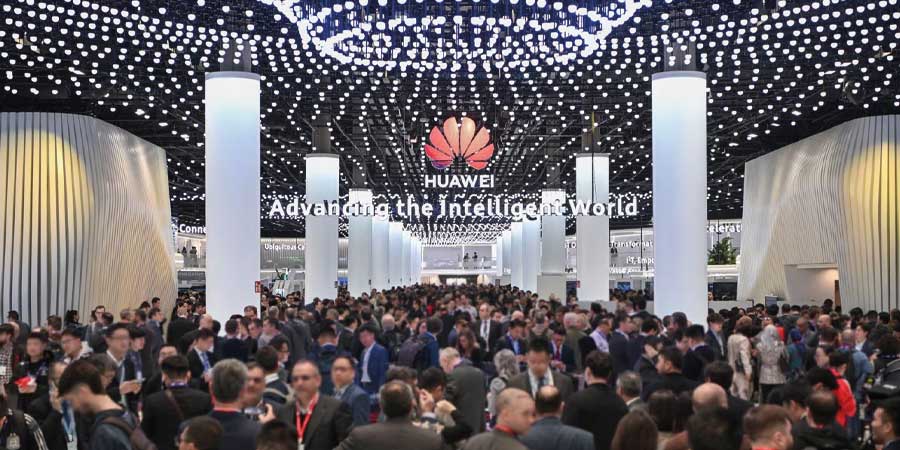Industries are experiencing a significant shift towards digital transformation in the current era of the digital economy. By 2030, the intelligent economy is expected to be worth more than 18.8 trillion dollars, bringing a new wave of opportunities to the industry. This shift has resulted in a rapid convergence of the physical and virtual worlds, leading to the emergence of various new digital services. These services have, in turn, created new opportunities for carriers. However, the emergence of new immersive, cloud-based, and IoT-based applications has led to increased demands for network connection capacity, reliability, flexibility, and efficiency.
Furthermore, generative AI is already powering new types of connected objects and scenarios, for example, digital humans and intelligent cars. These new scenarios require better infrastructure, including new models for cooperative storage and computing between cloud, edge, and device.
AIGC will power the creation of over 100 billion gigabytes of data and drive over one trillion gigabytes of data traffic. Generative AI-based 3D videos are also gradually developing, AI assistant applications are gaining increasing popularity, and digital-intelligent transformation is extending to core production processes in industries.
Huawei, the global ICT leader that has been leading the 5.5G charge, predicts that in 2026 alone, AI will be used to produce over 250 billion images and 70 million videos, completely redefining the world's approach to content creation.
The future lies in the transition to 5.5G, which promises even more astonishing capabilities. Some of the key features of 5.5G include a 10 Gbps downlink, a 1 Gbps uplink, support for 100 billion connections, and native intelligence.
5.5G represents a significant leap forward in network capabilities, offering a multitude of benefits for individuals, businesses, and society as a whole. Compared to its predecessor, 5.5G boasts:
- Ultra-Fast Speeds: Users can experience multi-gigabit download and upload speeds, enabling seamless streaming, real-time collaboration, and instant content access.
- Ultra-Low Latency: Users enjoy near-instantaneous responses for applications like remote surgery, autonomous vehicles, and industrial automation.
- Massive Network Capacity: 5.5G connects an ever-growing number of devices and supports the demands of the Internet of Things (IoT) revolution.
These advancements unlock the potential for transformative experiences across various sectors, from revolutionizing healthcare and education to accelerating industrial automation and fostering smarter cities.
Similar to 5G, Middle Eastern operators are already leading the 5.5G wave, beating their Western counterparts. At the Mobile World Congress 2024, Huawei revealed that while Middle Eastern operators have achieved scaled 5.5G commercialization, while operators across Europe, the Asia Pacific, and Latin America are verifying 10 Gbps, preparing for 5.5G commercialization in 2024. Huawei’s tests cover a wide range of scenarios, including smart connections for people, homes, vehicles, and stadiums. Furthermore, an increasing number of 10-gigabit smart cities, fueled by 5.5G technology, are emerging in various global locations.
Working with more than 30 top operators globally, Huawei has verified various innovative 5.5G technologies, including extremely large antenna array (ELAA), multi-band serving cell (MBSC), flexible spectrum selection, and innovative capabilities such as passive IoT.
At MWC 2024, Huawei released a full series of 5.5G products and solutions for a wide range of different scenarios, along with the industry's first Telecom Foundation Model. This model will help carriers maximize the value of their networks, especially in areas like guaranteed network experience and automated O&M.
In addition, Liu Kang, President of Huawei ICT Marketing & Solution Sales, said during the event that 5G has become a must for industry digitalization and that upgrading to 5.5G is expected to enhance network capabilities by 10-fold. This, he noted, will drive industries to accelerate intelligent digital transformation and further unleash industry dividends.
An AI-led digital economy of the future will heavily rely on a robust network backbone and 5.5G networks are the key.
